A farmer plants apple trees in a square pattern. In order to protect the apple trees against the wind he plants conifer trees all around the orchard.
Here you see a diagram of this situation where you can see the pattern of apple trees and conifer trees for any number () of rows of apple trees:
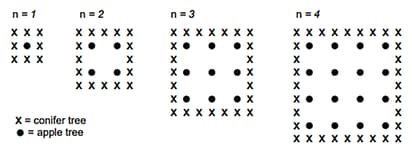
Complete the table:
Number of apple trees
Number of conifer trees

Complete the table:

Important Questions on Arithmetic Progressions
A restaurant is discussing how many people they can fit at their tables. One table seats four people. If they push two tables together, they can seat six people. If three tables are joined, they can seat eight people.
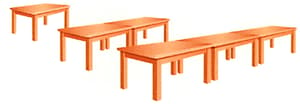
Copy and complete the table as shown below:
| Number of tables | ||||||||
| Number of seats |
Marie-Jeanne is experimenting with weights of Attached to a spring. She records the weight and length of the spring after attaching the weight.
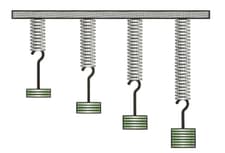
If the spring stretches to , what is the total weight that was attached to the spring?
Consider the following sequence of figures.
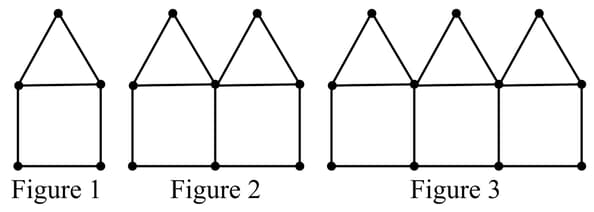
Figure contains line segments.
Given that Figure contains line segments, show that .
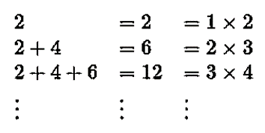
According to the above pattern, what is
Consider the following sequence of figures.

Figure contains line segments.
Find the total number of line segments in the first figures.
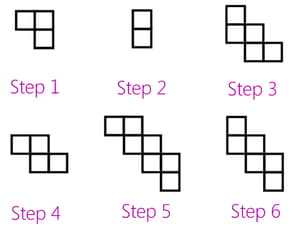
How many squares will be in step ?
The Winter Olympics are held every four years and were held in Vancouver, Canada in . When will the Winter Olympics be held for the first time after

Domestic bees make their honeycomb by starting with a single hexagonal cell, then forming ring after ring of hexagonal cells around the initial cell, as shown. The number of cells in successive rings forms an arithmetic sequence.
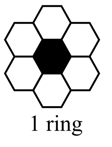
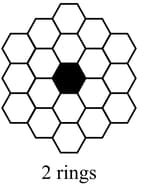
How many cells are in the honeycomb after the ninth ring is formed?
